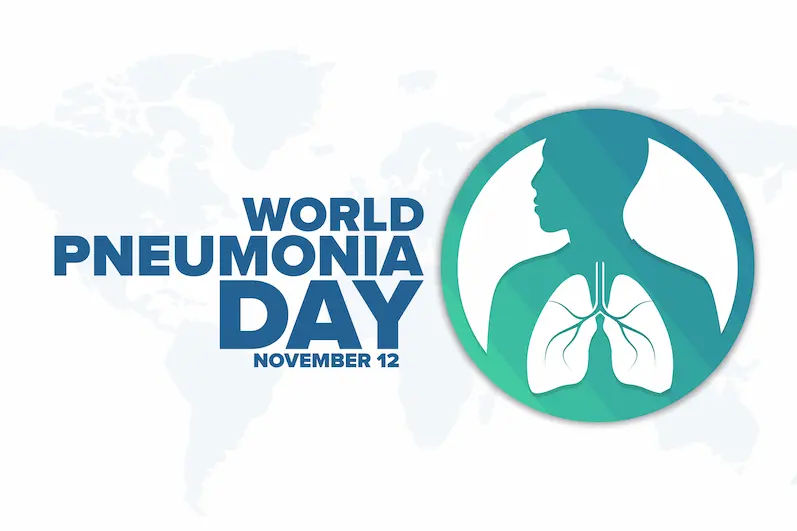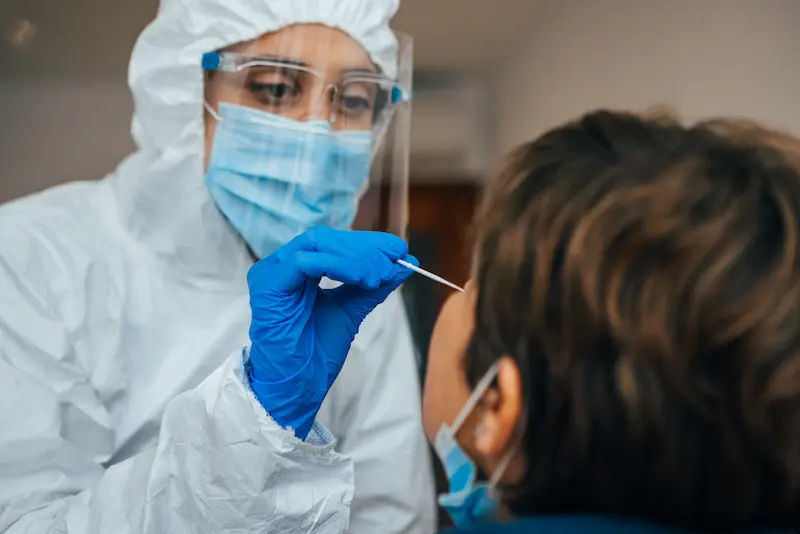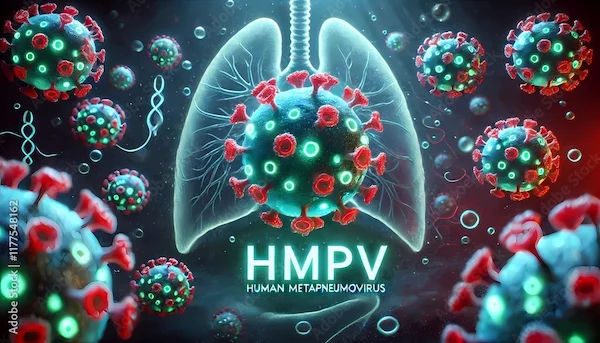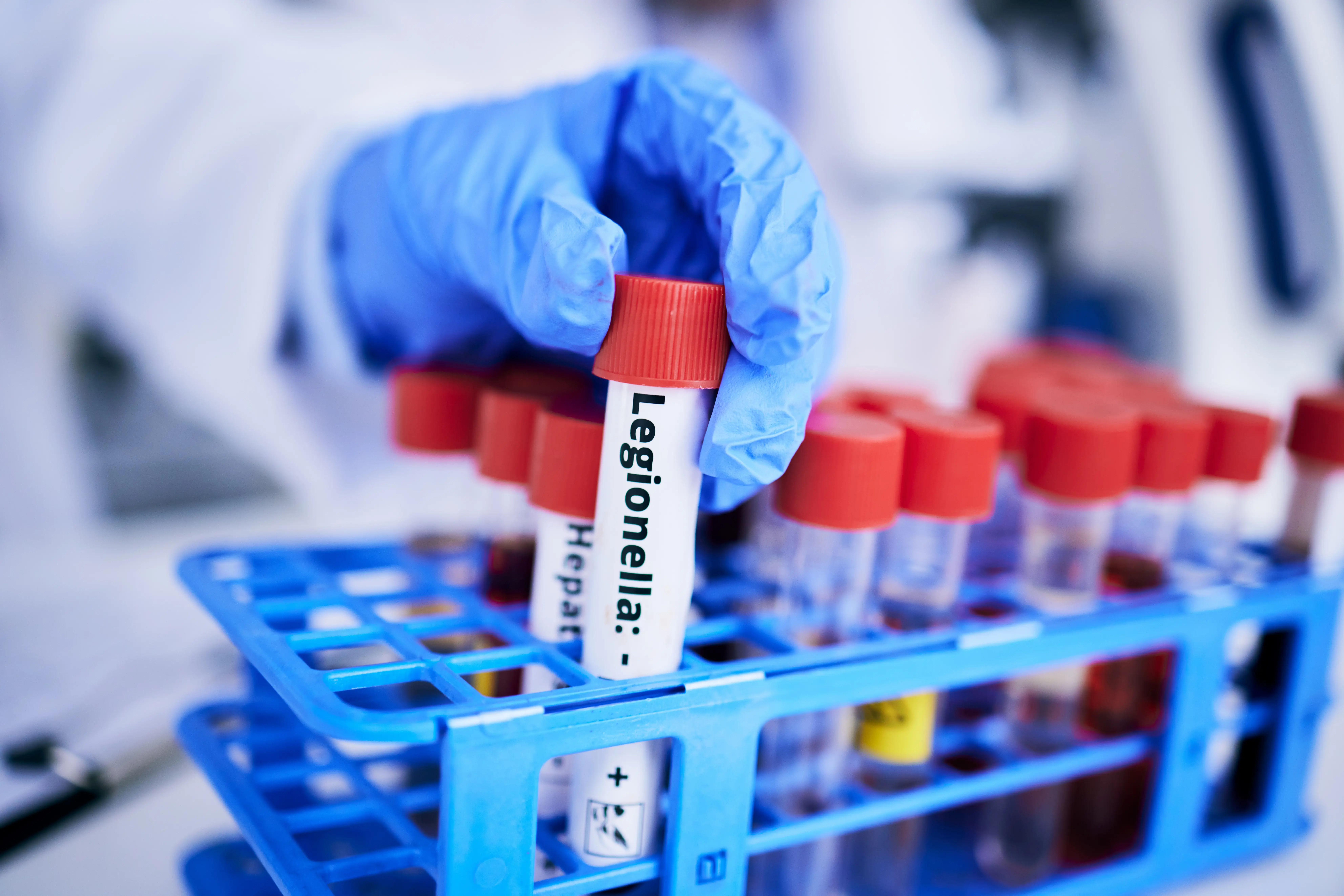- Female
- 25 Years
- 22/01/2025
I'm dealing with lymph node tuberculosis on my neck, and after finishing two months of medication, the lump turned reddish and there's an open sinus with discharge coming out. I'm really concerned about this. Do you know why this might be happening and if it's something I should be worried about? Is it possible to completely cure this?
Answered by 1 Apollo Doctors
Continue same treatment for 4 months.
Dr. Dhankecha Suggests...
Consult a Infectious Disease specialist
Answered 04/07/2025
0
0

More Infectious Disease Health Queries
View allI'm wondering if there's any risk of getting HIV from getting a handjob where the person used oil. And what about other STIs? Is there anything else I could be at risk for? Do I need to get tested, and if so, which tests should I consider?
u won't
Answered by 1 Apollo Doctors
I recently found out I have typhoid 1120, and I'm really worried about how long it's going to take before I'm fully recovered and feeling better. Could you let me know what symptoms I should expect and how soon they might go away? Also, I'm a bit unsure about what foods are safe to eat during this time and if there are any specific diet precautions I should follow.
Typically, typhoid fever lasts for 2-4 weeks with proper treatment, and symptoms may resolve within 7-10 days, but this can vary depending on individual factors and treatment response. To manage your diet, focus on consuming bland, easily digestible foods like bananas, rice, apples, and vegetables, while avoiding spicy, fatty, or high-fiber foods that can irritate your stomach.
Answered by 1 Apollo Doctors
I'm dealing with an abscess in my underarm and some mild back pain, and I just found out my Mantoux test came back positive with an ESR of 30. Could this mean I have spinal tuberculosis? And if it is, are the medications they give out at district health centers for spinal and lung tuberculosis the same? I'm pretty worried about what all this means.
Surgeon opinion is advised to the patient.
Answered by 1 Apollo Doctors
Disclaimer: Answers on Apollo 247 are not intended to replace your doctor advice. Always seek help of a professional doctor in case of an medical emergency or ailment.





.webp)